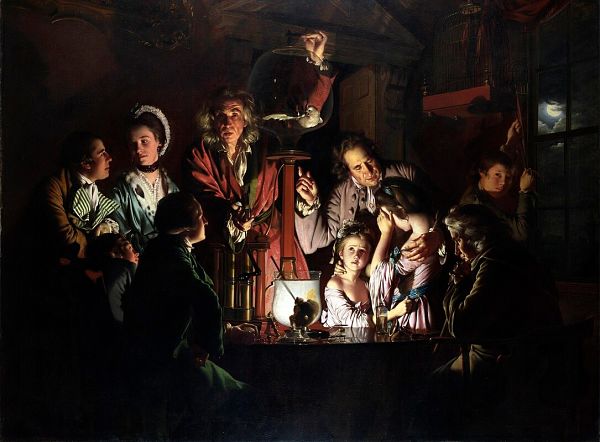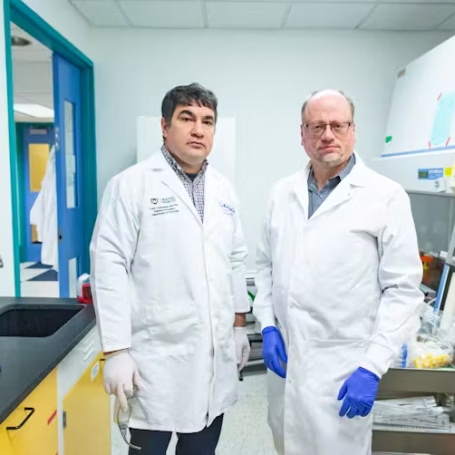How Learned Societies and Open Access Will Learn to Co-Exist

Learned societies are academic organizations that promote a scholarly discipline or field of research. Most are not-for-profit and their activities typically include: publishing, conferences, education, accreditation, public advocacy, influencing and training. Many societies produce journals, which are published either independently or under contract with larger commercial and non-commercial publishers.
Their significance to scholarly communication was succinctly summarized by one society publisher in our study as follows:
“often society publishers have a small number of very prestigious journals – so a small output of high-quality articles that have gone through exacting and high-quality editorial and production services. There is no scale to the system, the costs are high (for the right reasons) and the publishing output is low. It is a source of great pride to societies that we run the “best” and most reputable journals in our field and it is not a coincidence that we do – we are closer to our communities than other publishers (or we should be). So there is both a business and an emotional connection to society publications for our communities.”
Generally learned societies have begun their open access (OA) journey by publishing hybrid open access journals, usually funded by payment of author publishing charges (APCs). However, the announcement by cOAlition S, an international grouping of research funders, that as part of Plan S they would no longer fund publication in hybrid open access journals (without a transformative agreement), has presented significant challenges to learned societies and the business models that support their activities. The key issue for societies contemplating this transition being that there is unlikely to be sufficient funding for all authors seeking to publish in their journals to pay APCs at levels that will sustain their current activities.

Recognizing the importance of societies to the scholarly communication ecosystem, the Wellcome Trust and UK Research and Innovation, in partnership with the Association of Learned and Professional Society Publishers, commissioned research to explore how learned societies can adapt and thrive in a Plan S world. Ultimately, Information Power Ltd was commissioned to deliver the project, entitled Society Publishers Accelerating Open access and Plan S, or SPA-OPS.
This project has involved undertaking a widespread consultation with stakeholders from across the scholarly communication ecosystem and a literature review to assess what transition strategies learned societies could adopt to achieve open access. The end product of this first phase of research has been an online discussion document that is available here.
Open business models for learned societies
A significant finding from our study was that only a small proportion of all the models we assessed involved APC payments. There are numerous other business models, many of these are more promising, and all are aligned with Plan S. Whilst the APC is the best known route to delivering open access journals, at least 1,000 society journals have already flipped from a hybrid to full OA model, we believe this approach has become over-conflated with open access. If society publishers are realistically going to make an open transition, then they need to transform their existing revenue streams to support OA publishing.
From the vast array of different approaches and business models we identified, seven categories emerged, which could feasibly be used alone or in combination and we encourage readers to explore our discussion document for further details of each of these models.
Transformative Models – these approaches, five of which operate in the market today, repurpose existing institutional spend with publishers to open content. They are supported by both libraries and publishers, and are thus possibly the most promising transition model because libraries and library consortia provide the lion’s share of funding in the current publishing landscape. Examples include read and publishing agreements, publishing and read agreements, SCOAP3, and subscribe to open.
Cooperative Infrastructure & Funding Models – these are close, strategic partnerships between libraries and publishers to jointly fund, and provide, open content and its supporting infrastructure. These models are deployed highly successfully in humanities and social science publishing.
Evolving Subscription Models – it is possible to continue to operate journals fully funded by the subscription model and still make the content immediately available OA and in alignment with Plan S. This green open access approach is dependent on either final published journal articles or author accepted manuscripts being shared with a CC-BY license at the time of publication. A growing number of publishers, including society publishers, have successfully done this without encountering lost revenue or other negative impacts.
Article Transaction Models – author payments such as APCs and submission fees can work perfectly well in titles where authors are well funded and support such payments.
Open platforms –pioneered by F1000 and first adopted by funders, and now being embraced by publishers. In this approach authors publish their articles, which are then openly peer reviewed. Articles that are judged to be important and impactful can be specially curated and showcased. Societies adopting this model could, for example, provide peer review and/or curation services. Funding for these services could be obtained through any of the OA business models we have identified, although author fees are most common at present.
Other Revenue Models – there are a wide array of other business models that can work for individual publishers or titles including advertising, crowdfunding, freemium, subsidies, and syndication.
Strategies for Change and Cost Reduction – there are also some well-established ‘tricks of the trade’ that remain viable, whether that’s flipping a journal from a hybrid to fully open model, closing or combining journals to increase article numbers to make efficiency gains, collaborating with others (e.g. other societies, OA-only publishers, larger publishers) on shared infrastructure and services, moving online only, or outsourcing.
Next steps
In the coming months and years, learned societies are likely to have difficult conversations about their future. Like other publishers, they will wish to sustain the quality of their publication activities and to continue to invest in improved service standards as they embrace OA. The extent to which they can do so in part rests on their willingness to change and their ability to innovate in ways that maximize benefit. To achieve this they will need to forge new alliances – with funders, libraries, other publishers, and universities – and rethink how they achieve their primary goal of supporting their disciplines.
In the meantime, the SPA-OPS project continues. In the next phase we will be working with library consortia, society publishers, and university/library presses to develop a model offer and implementation toolkit for OA transformative agreements. We are also working with society publishers to quantify the challenge they face in transitioning some titles fully to OA when they have a large unfunded author base. Both final report and the toolkit will be launched on September 12 at the ALPSP International Conference.






























































































I agree. This is a neglected aspect of the success of Europe and UK during the past 500 years. I have been researching why the so-called ‘divergence’ between West and East occurred, when the East had been centuries ahead of the West in the Sciences and philosophy. Radio engineering is especially interesting because the East seems now to be conspicuously ahead, yet all the fundamental innovations came from the West – Hertz, Marconi, Rutherford, Oliver Lodge, et al. The answer certainly has a lot to do with Learned Societies, because they formed support networks and ‘epistemic communities’ based on merit… Read more »